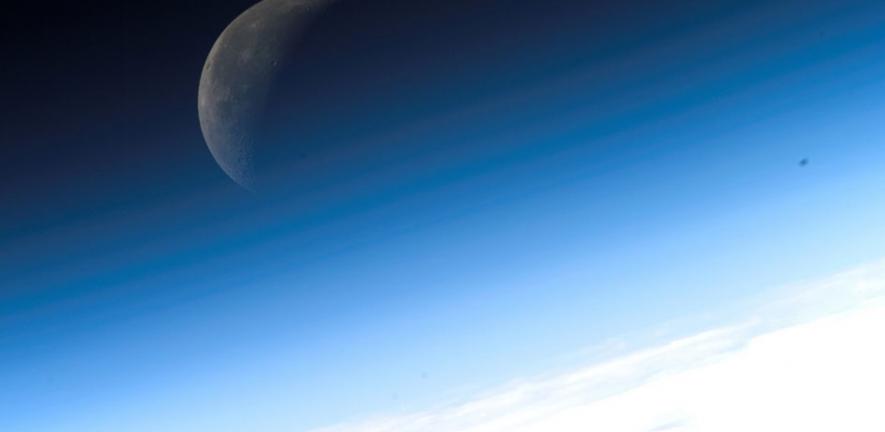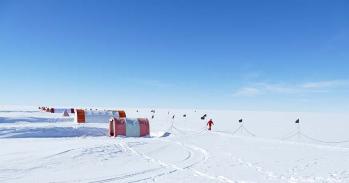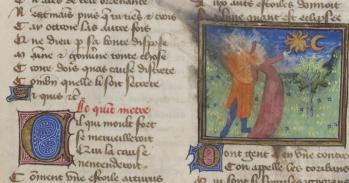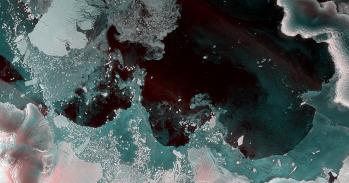
An international group of scientists will gather at the University of Cambridge on Friday 7 May 2010 to celebrate the 25th anniversary of the discovery of the hole in the ozone layer, one of the most dramatic scientific findings of modern times. The event will be web cast live.
An international group of scientists will gather at the University of Cambridge on Friday 7 May 2010 to celebrate the 25th anniversary of the discovery of the hole in the ozone layer, one of the most dramatic scientific findings of modern times. The event will be web cast live.
Perhaps the most startling lesson from the ozone hole is just how quickly our planet can change.
Jonathan Shanklin
The seminal paper, published in the journal Nature, alerted the world to a major environmental threat and paved the way for concerted international action to address the problem.
Twenty five years ago this month, three scientists from British Antarctic Survey - Joe Farman, Brian Gardiner and Jonathan Shanklin - announced that they had discovered dramatic thinning of the ozone layer above Antarctica during the southern spring.
The ozone hole was linked to the accumulation of chlorofluorocarbons (CFCs) used in refrigeration and air conditioning systems, and industrial solvents. Under the 1987 Montreal Protocol and its amendments, production and consumption of CFCs, halons and carbon tetrachloride were phased out by 2000, and methyl chloroform by 2005.
As a result, scientists predict that Antarctic ozone levels will return to their 1950s levels by 2080.
According to one of the celebration organisers Dr Neil Harris of the University of Cambridge: "The discovery of the ozone hole is a seminal paper in environmental science. It brought together carefully-made measurements and insightful interpretation, and has made an enormous impact politically and socially. The 25th anniversary of the original publication is an event that should be celebrated by scientists and non-scientists alike."
As well as illustrating that effective international action can flow from scientific evidence, the discovery had other important implications.
"Perhaps the most startling lesson from the ozone hole is just how quickly our planet can change," says Jonathan Shanklin of British Antarctic Survey.
The discovery also highlighted the value of long-term scientific monitoring.
According to Dr David Fahey of the US National Oceanic & Atmospheric Administration (NOAA): "The discovery was a matter of vital societal importance. In the early 1980s, no one was looking for the effect of chlorofluorocarbons on polar ozone. Joe Farman and his team were following their scientific instincts by conducting long-term measurements of what was known to be an important atmospheric constituent, ozone, in a remote, unique stratospheric region, the winter Antarctic."
"The 1985 paper convinced their colleagues that something unusual was occurring and opened a new line of scientific investigation that changed the world."
Image: Copyright British Antarctic Survey.
This work is licensed under a Creative Commons Licence. If you use this content on your site please link back to this page.





